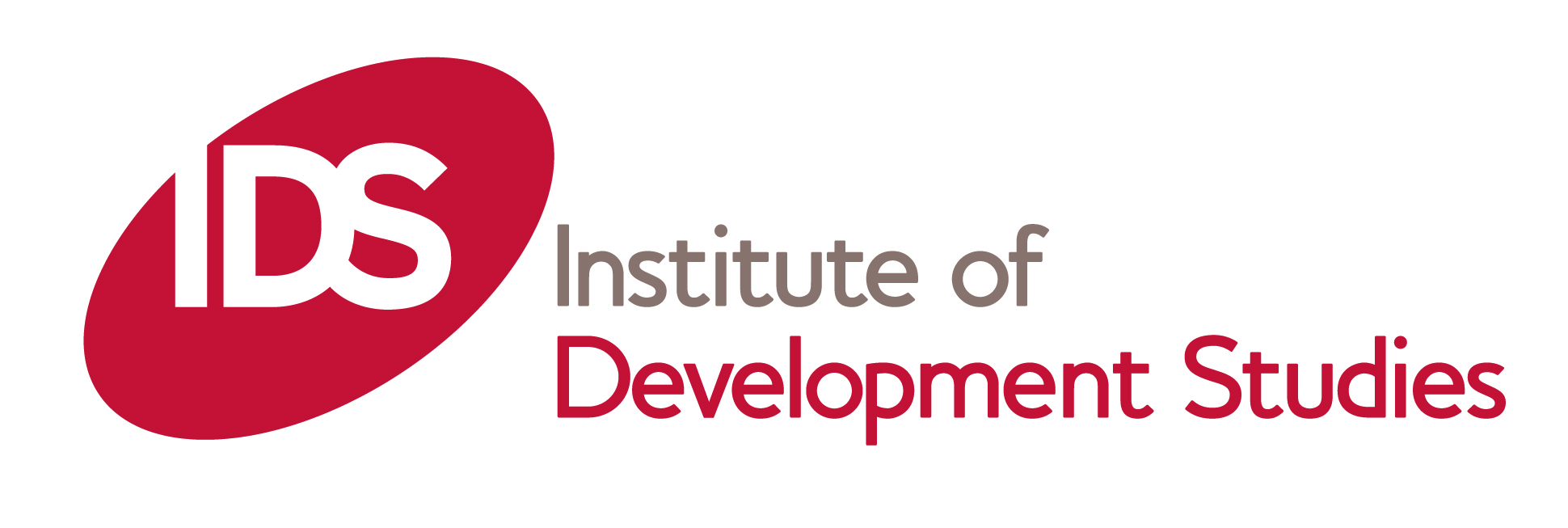Location
Eldis is an online information service providing free access to relevant, up-to-date and diverse research on international development issues. The database includes over 40,000 summaries and provides free links to full-text research and policy documents from over 8,000 publishers. Each document is selected by members of our editorial team.
To help you get the information you need we organise documents into collections according to key development themes and the country or regionthey relate to. You can browse these on the website or find out about our subscribe options to get updates in a format that suits you.
Who produces ELDIS?
Eldis is hosted by IDS but our service profiles work by a growing global network of research organisations and knowledge brokers including 3ie, IGIDR in India, Soul Beat Africa, and the Philippines Institute for Development Studies.
These partners help to ensure that Eldis can present a truly global picture of development research. We make a special effort to cover high quality research from smaller research producers, especially those from developing countries, alongside that of the larger, northern based, research organisations.
Who uses ELDIS?
Our website is predominantly used by development practitioners, decision makers and researchers. Over half a million users visit the site every year and more than 50% of our regular visitors are based in developing countries.
But Eldis is not just a website. All of our content is Open Licensed so that it can be re-used by anyone that needs it. Website managers, applications developers and Open Data enthusiasts can all re-use Eldis content to enhance their own services or develop new tools. See our Get the Data page for more information.
Members:
Resources
Displaying 961 - 965 of 1156Microdeterminants of Consumption, Poverty, Growth, and Inequality in Bangladesh
What are the gains from a better education, more land ownership, or a different occupation in Bangladesh? Do the gains differ in urban and rural areas? Have they remained stable over time? Do household size, family structure, and gender affect well-being? Do consumption, poverty, and inequality depend more on characteristics of households or on the areas in which those households are located?Using household data from five successive national surveys, Wodon analyzes the microdeterminants of (and changes in) consumption, poverty, growth, and inequality in Bangladesh from 1983 to 1996.
Rural women’s access to land in Latin America
Paper addresses the following concerns:rural women have limited access to and control of landmost agrarian reforms and legislation that directly or indirectly regulate access to land discriminate against womenthe establishment of legal frameworks with a gender perspective and the elimination of cultural and institutional factors that prevent the recognition of women as producers are essential to safeguard rural women’s access to land.Merely introducing principles of equality into constitutions and in certain norms is not sufficient.
Research on Land Markets in South Asia: What Have We Learned?
What have we learned about land markets in South Asia about land reform, land fragmentation, sharecropping, security of tenure, farm size, land rights, transaction costs, bargaining power, policy distortions, and market imperfections (including those associated with gender)?Faruqee and Carey review the literature on land markets in South Asia to clarify what's known and to highlight unresolved issues. They report that: We have a good understanding of why sharecropping persists and why it can be superior to other standard agricultural contracts.
What Drives Deforestation in the Brazilian Amazon? Evidence from Satellite and Socioeconomic Data
Road network expansion is strongly associated with increased deforestation in the Brazilian Amazon. Pfaff analyzes the determinants of deforestation in the Brazilian Amazon. Using a model of optimal land use, he derives and estimates an equation for deforestation using (1) country level data for 197888 and (2) measures of deforestation from satellite images.The evidence suggests that: Increased road density in a county leads to more deforestation there and in neighboring counties. Development projects were associated with deforestation in the 1970s but not in the 1980s.



